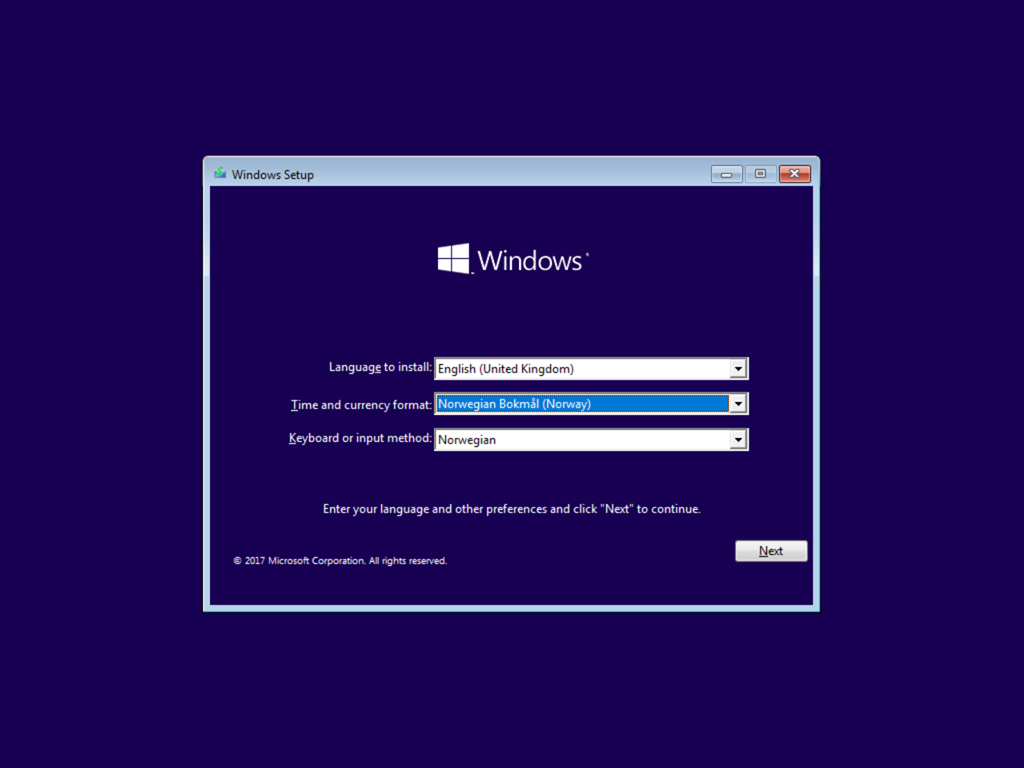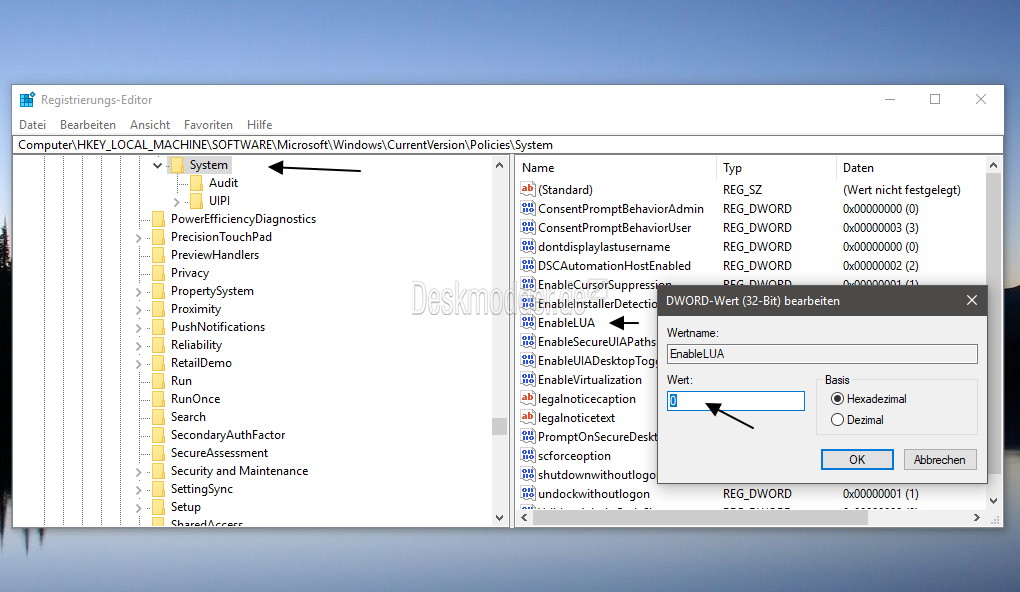
Windows 10 includes two user interface (UI) modes, one is optimized for devices with keyboard and mouse, and the other is for a touch screen device. The taskbar has a task view icon that allows you to easily switch to different open apps, or create a new virtual desktop. All types of applications can be snapped on the screen, which lets you work together. Users can change the start menu size to either full screen or small size.

The Windows 7-like start menu is back in the Windows 10, with app tiles like Windows 8 / 8.1. In Windows 8, Universal Applications work in fullscreen, while in Windows 10, those apps work as normal software applications in a normal window. Windows 10 introduces Universal Windows Platform, a platform on which developed apps can work in all Windows 10 devices. According to Microsoft, Windows 10 is based on 'software as a service' model in which the operating system receives ongoing updates rather than issuing a full new version. Windows 10 is an operating system as a service for consumers and businesses. Windows 10 (the successor to Windows 8 / 8.1) was released for the first time to public on July 29, 2015, it was available for many device platforms like desktop / laptop PC, smartphone, tablet etc., and it uses the same software ecosystem in all platforms. General information from Windows 10 (for all versions and releases) Enterprise LTSC version is not available in this version of Windows 10.Īccording to the Microsoft, 'Creator Update' name because the update gives power to a creator in all of us. The update brings a new app called Paint 3D, and more features such as video game broadcasts with Beam, new gaming features, tab management / new features in Microsoft Edge, new category 'Books' in Windows Store, improvement in Cortana Assistant and built-in universal apps, Windows Defender Safety Center Dashboard, Skype Universal App, etc.

Windows 10 Creators Update (version 1703, codename 'Redstone 2, and preceded by V1607) was released to the public on April 5, 2017.


 0 kommentar(er)
0 kommentar(er)
